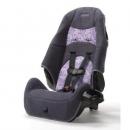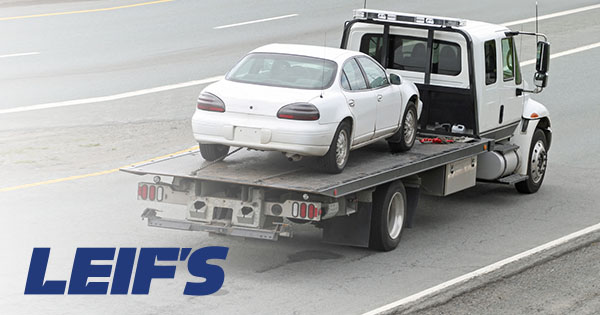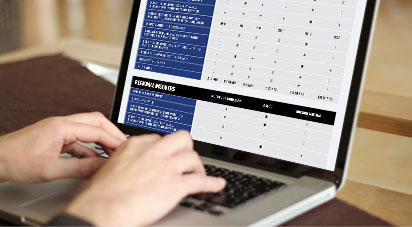Important tips & rules for child safety seats; plus, do you have the right one?

There are several
laws pertaining to child safety seats, including a recent change in booster
seat requirements that took effect at the beginning of 2012.
Oregon law requires
that all motor vehicle operators and passengers be properly secured with a
safety belt or safety harness unless all safety belt equipped seating positions
are occupied by other persons, the Oregon Department of Transportation (ODOT) points out.
Child passengers must
be restrained in approved child safety seats, unless they weigh 40 pounds or
reach the upper weight limit for the car seat in use. Infants must ride in a
rear-facing seat until they reach one year of age and weight 20 pounds.
Children over 40
pounds are required to sit in a boosters until theyre 4-feet-9 or taller or
are 8 years old. The new law allows children over 40 pounds to continue to sit
in a child seat as long as the manufacturer of the seat allows up to certain
weights.
The best practice,
according to the US Department of Transportation, is for children under 13
years of age to ride in the back seat, which reduces risk of injury by 37
percent.
Toddlers should ride
in car seats with a harness to upper weight limit of seat before transitioning
to a booster seat, ODOT recommends.
For more information
on recommendations, go here.
Wondering whether your child is ready for a seat belt? Its an important
transition as booster seats reduce the risk of injury by 59 percent in children
between and 4 and 7 years of age, according to the Childrens Hospital of
Philadelphia.
ODOT asks you to ponder the following
questions before your son or daughter moves out of a booster seat.
–Can the child sit
all the way back against the vehicle seat?
–Do the childs
knees bend comfortably at the edge of the seat?
–Does the shoulder
belt cross the shoulder between the neck and arm?
–Is the lap belt as
low as possible, touching the thighs?
–Can the child stay
comfortably seated like this for the whole trip?
Unless you answer yes
to all five of the questions, ODOT recommends your child stay in a booster seat.
If youre wondering
about your car seat installation, Portland police and Portland Fire &
Rescue suggest folks attend one of the Alliance for Community Traffic
Safety/Child Safety Seat Resource Center car seat clinics throughout the Oregon. To find a class near you, go here.
–Antiquated car
seats made over 20 years ago most often do not comply with todays standards. To
see where your car seat stands, go to this recall list, which has
all the latest information.





